Fermented Food Is Healthier Than You Think: Try These 5 Unique Indian Dishes!
Fermentation is a process as old as cellular activity. This chemical process involves the consumption of carbohydrates in the absence of oxygen to create organic acids, gases or alcohol, depending on the type of sugar.
And this process is widely used in our food as well and as per archaeological findings, has been in use for 7,000 years.
And what country has a long history of people and food? Why India, of course. And India has an exquisite cuisine that involves fermentation.
From the south to the north, Indian cuisine sees fermentation in foods from idlis, dosas, rotis among others! And who can blame, fermentation gives a unique taste to the food and also aids in preservation.
Not only that, fermentation has various health benefits that one cannot get from regular foods. One of the popular fermented food items is curd, which is known to add good bacteria to the gut. That good bacteria arises out of fermentation.
It also adds micronutrients, especially vitamin B and eliminates anti-nutrients like phytic acid which interferes with the body’s process of absorbing nutrients.
With this rich history in fermentation and such inevitable benefits, we decided to look into exotic Indian dishes that you can make involving fermentation.
AMBALI
Ambali is a finger millet or ragi-based fermented semi-liquid beverage, native to the south Indian states of Karnataka and Tamil Nadu.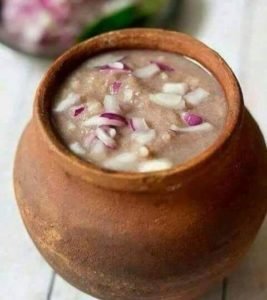
Preparation of ambali is quite easy. Few grams of the powder mixed with hot water stirred till the required texture should be let to ferment for a while.
There are different variations of ambali where a few are consumed without fermentation, a few add buttermilk, and some add onions and chillies.
No matter what, ambali has its benefits. When it is let to ferment, it increases the concentration of thiamin, riboflavin, and tryptophan and bioavailability of minerals.
It also consists of a high amount of calcium and is also endothermic, meaning it cools the body and will be beneficial for consumption during hot Indian summers!
ENDURI PITHA
Enduri pitha is a flavoured cake, native to Odisha, prepared during the Prathamastami festival. A fermented batter of parboiled rice and black gram is applied onto a turmeric leaf. The leaf is then folded mid-vain and cooked gently over the steam.
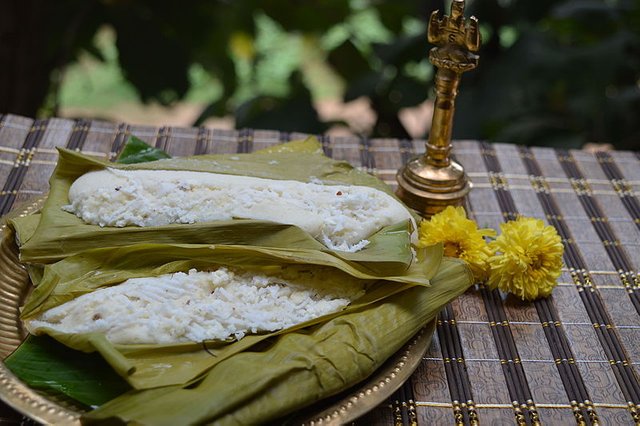
Not only do the turmeric leaves have beneficial antibiotic properties, but the fermentation enhances the nutritional quality of the black gram and rice.
And since it is steamed, the food is very light to the digestive process and hence can be consumed by members of all ages.
DHOKLA
Dhokla is an indigenous probiotic breakfast food found mainly in Gujarat. Dhokla is prepared from the fermentation of Bengal gram and rice.
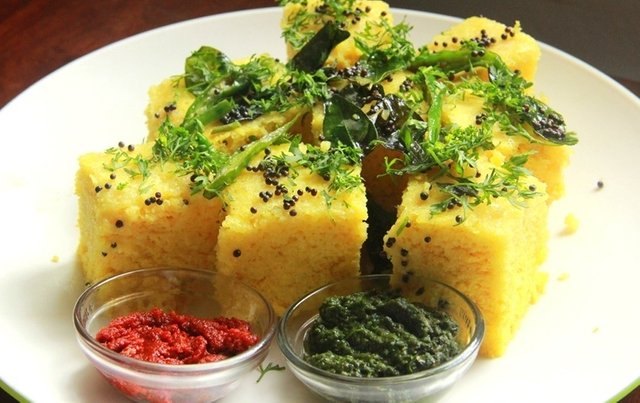
The method of preparation is the same as idli, but it is steamed openly rather than covered. The fermentation aids in the acidity and gives it a unique taste. And the yeast in it produces folic acid which is a major source of Vitamin B9.
The fermentation process also increases the antioxidant property of the food which is known for curing age-related diseases and oxidative stress-induced degenerative diseases like diabetes!
HAWAIJAR
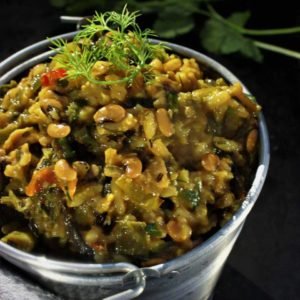
Hawaijar is an alkaline-fermented soybean product consumed as a source of protein, native to Manipur. The dish is characterised by its unique flavour and stickiness.
The dish has a natural cocktail of microorganisms which promote fermentation. One of the main organisms involved in the fermentation of this product is Bacillus spp, which regulates inflammation in the body.
Preparation of hawaijar uses bamboo baskets, banana leaves, or healthy fig leaves which help in fermentation and result in a better quality of the product. Hawaijar consists of a high percentage of soluble proteins, ranging from 26% to 27%.
SELROTI
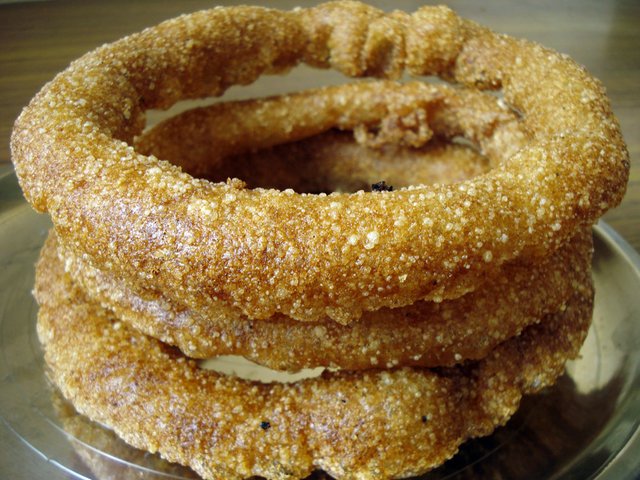
Selroti is a rice-based fermented food, which is spongy and ring-shaped. It is primarily consumed in Sikkim and Darjeeling.
Rice or rice flour is soaked overnight in cold water, and then water is decanted. Soaked rice is pounded using a wooden mortar and pestle. The rice is then mixed with wheat flour, sugar, butter, and condiments such as cloves, cardamom, coconut, nutmeg and cinnamon.
The powder is kneaded into a soft dough with milk or water. The batter is left to ferment at ambient temperature for 2–4 hours followed by moulding into a ring and then fried.
With fermentation, wholesome bacteria like Lactobacilli, Pediococci, Enterococci, and Leuconostocs are present in selroti. And not just that, the nutritive value of this dish is similar to that of idlis and has a good amount of digestible proteins!
So go ahead, try your hand at one of the ancient processes in the world and if you know any other such awesome dishes, do share them with us!
Source : https://www.thebetterindia.com/153182/indian-food-unique-fermented-dishes/